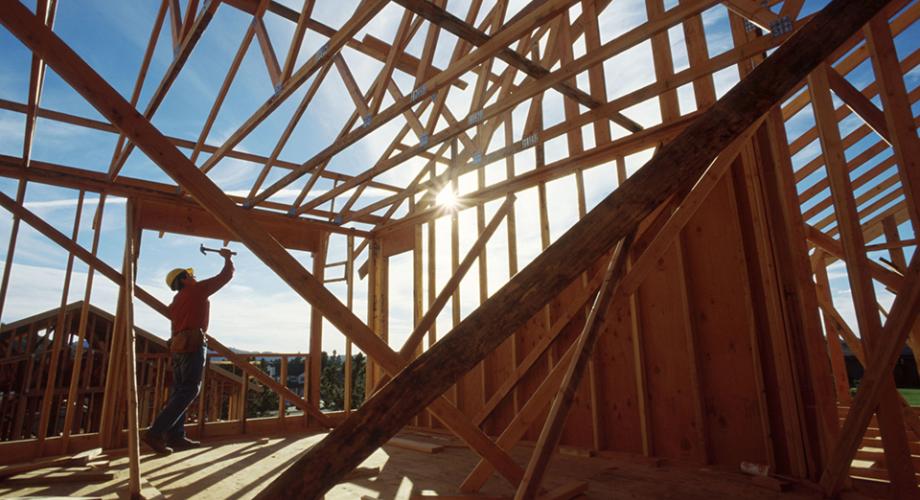A key change in the International Building Code (IBC) has helped make mid-rise apartment construction more profitable, according to presenters at a session at the 2016 Urban Land Institute Fall Meeting.
The IBC modification now allows up to five stories of wood-frame apartment construction above a concrete slab and up to three stories of concrete-and-steel construction below the slab. Previously, only one below-slab floor was allowed with wood-frame construction.
In this new “five-over-three” construction, the three below-slab floors must be made of concrete and steel, the building height cannot exceed 85 feet, and the top occupied floor cannot exceed 75 feet. Session panelists noted that five-over-two construction is more common than the five-over-three configuration.
This mainly wood-frame construction can save about $30,000 per unit compared with concrete-and-steel high-rise construction. And a seven- or eight-story mainly wood-frame apartment building can include 260 units, a density similar to high-rise buildings.
Parking is the main use for the below-ground levels, though panelists wondered if those levels could be converted to apartment units in a future age of driverless cars. Even today, an increasing number of residents in transit-oriented cities don’t own cars; however, adequate parking is still a must in the vast majority of the country.
